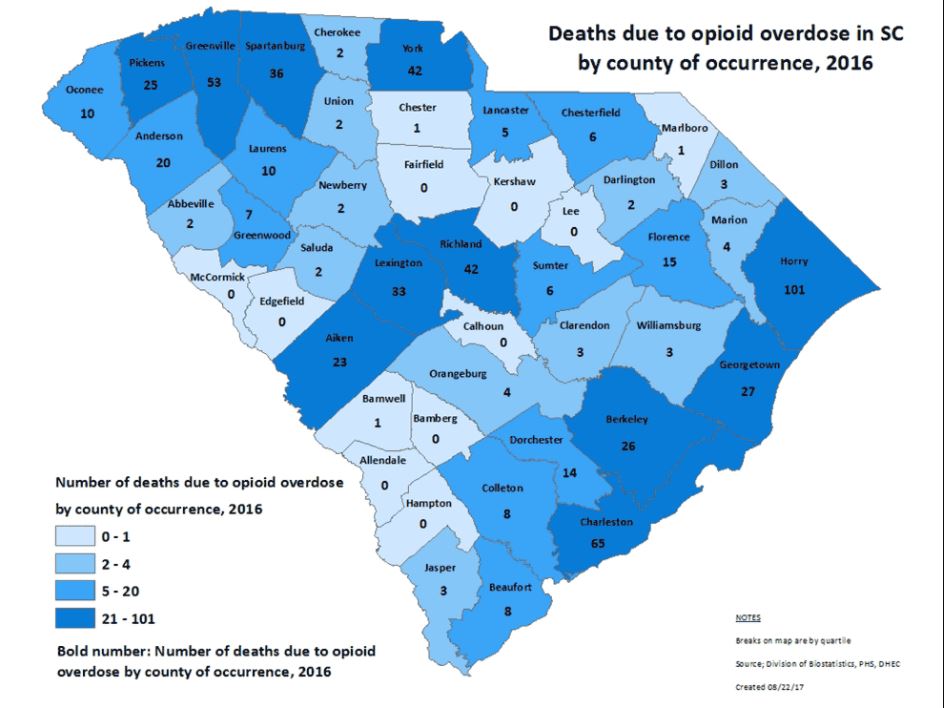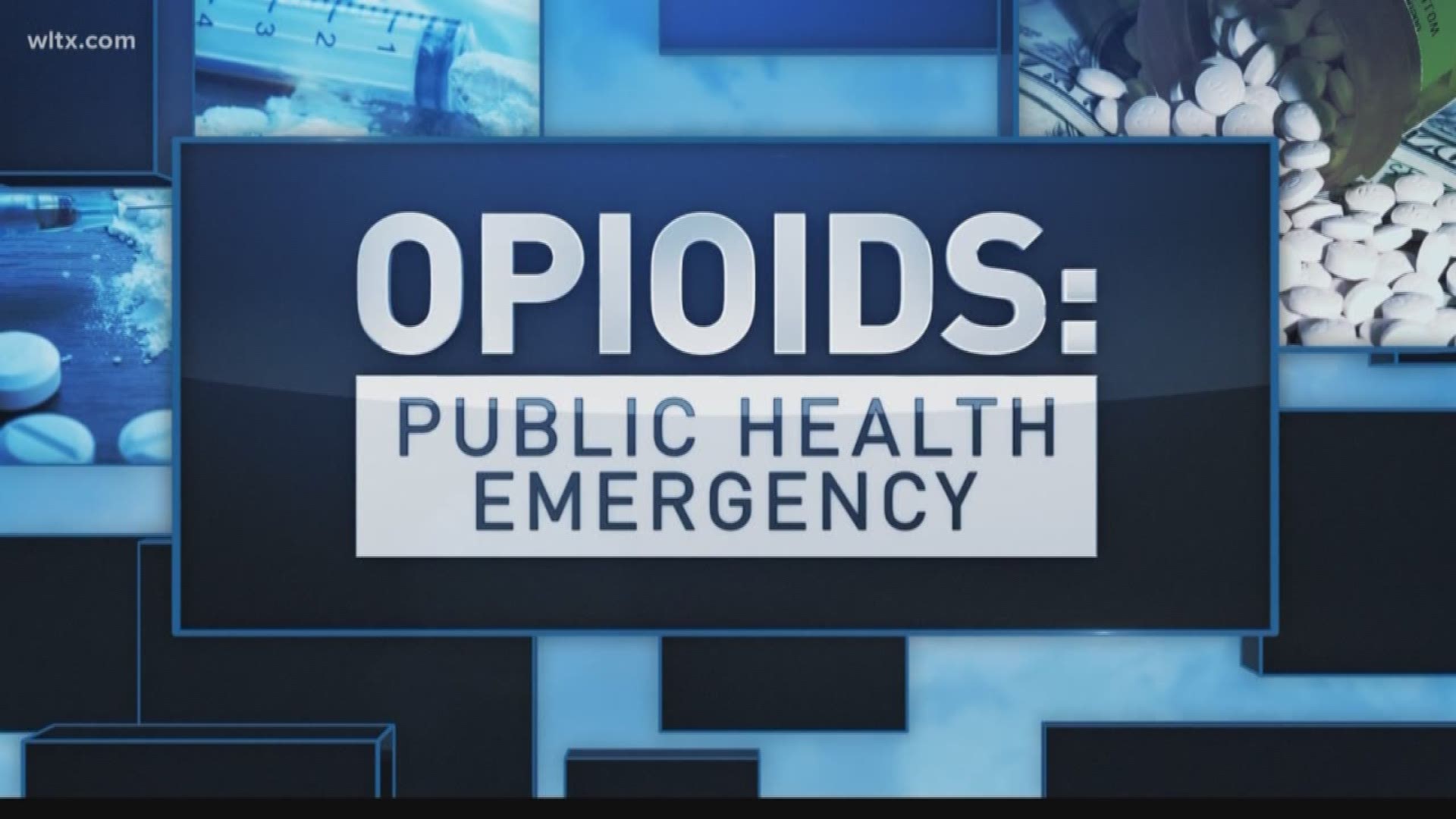Chapin, SC (WLTX) - During the last three years, South Carolina has had more opioid-related deaths than murders and drunk driving deaths combined.
616 people overdosed on opioids in 2016 alone.
Because of that, more law enforcement agencies are arming themselves with Narcan, the drug that reverses the effects of an opioid overdose.
One of the latest agencies to jump on board is the Chapin Police Department.
As of Friday, January 26, each Chapin Police Officer is now trained on how to use Narcan.
Captain Ray Craig of the Chapin Police Department tells us there is no crisis in the city; They're doing this to be proactive.
Last month, Governor, Henry McMaster declared a statewide public health emergency because of opioids.
"54% of the pills on the street come from your neighbors medicine cabinet in an unused prescription of too many pills," said McMaster during his State of the State address. "This is a crisis born of human pain and suffering."
Now, in an effort to fight the growing opioid crisis, more law enforcement agencies like the Chapin Police Department carry Narcan. Narcan has been around since the 1970's, but it was only carried in ambulances.
"The epidemic is not only in large cities, but it finds its way to small communities like Chapin," said Craig. "Through town, we're kind of a hub being little Chapin. We're between Columbia and Lake Murray, between Columbia and Greenville, so we get a lot of transient activity that comes through town."
The Law Enforcement Officer Naloxone program (LEON) helps train officers to administer Narcan. Typically, officers are the first to arrive when someone calls 911.
"If we can get there and help someone we suspect is [overdosing] from an opioid overdose, then we have the tools to do it," said Craig. "We've had our share of opiates that we've found during traffic stops, had our share of heroin we've found during traffic stops."
Thanks to the program, law enforcement in 31 of the state's 46 counties are trained to identify an overdose, and revive a person using Narcan.
The map below shows the number of opioid-related deaths by county in South Carolina. The higher death rates are in counties along major interstates.

"85, 95, 26, 20. Those are the veins that drugs travel through our state," said Craig. "We want the community to know that if that danger should arise, we're prepared."
You can identify an opioid overdose by looking for the following on an individual: Non-responsiveness, pinpoint pupils, blue fingers or blue lips, drug paraphernalia on the ground, or if a bystander witnessed the person taking opioids.
Since the LEON program started a year and a half ago, law enforcement saved 200 lives using Narcan. To date, the program has also trained over 3200 officers in more than 100 law enforcement agencies to administer Naloxone.
Governor Henry McMaster also announced his executive budget provides more than $10 million for opioid treatment, prevention and education.
To learn more about the opioid epidemic and the fight to stop it, visit http://www.scdhec.gov/Health/Opioids/.

